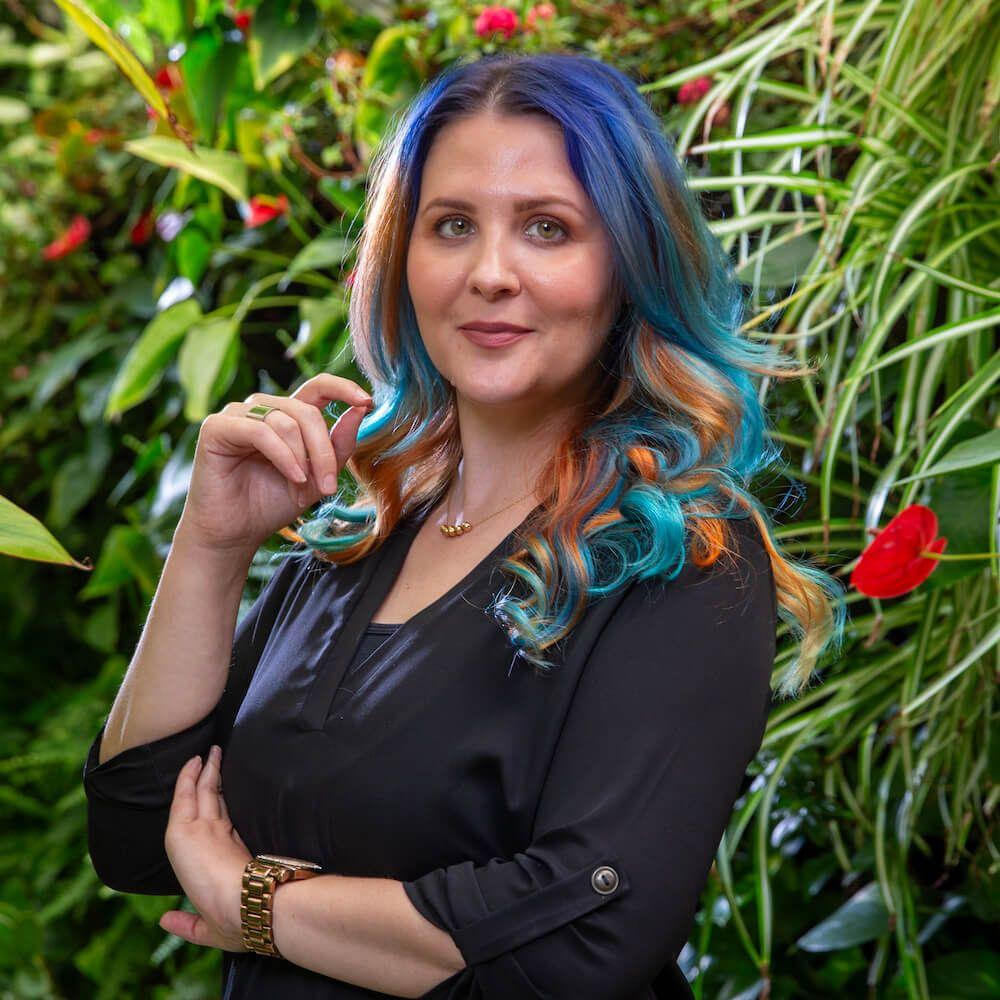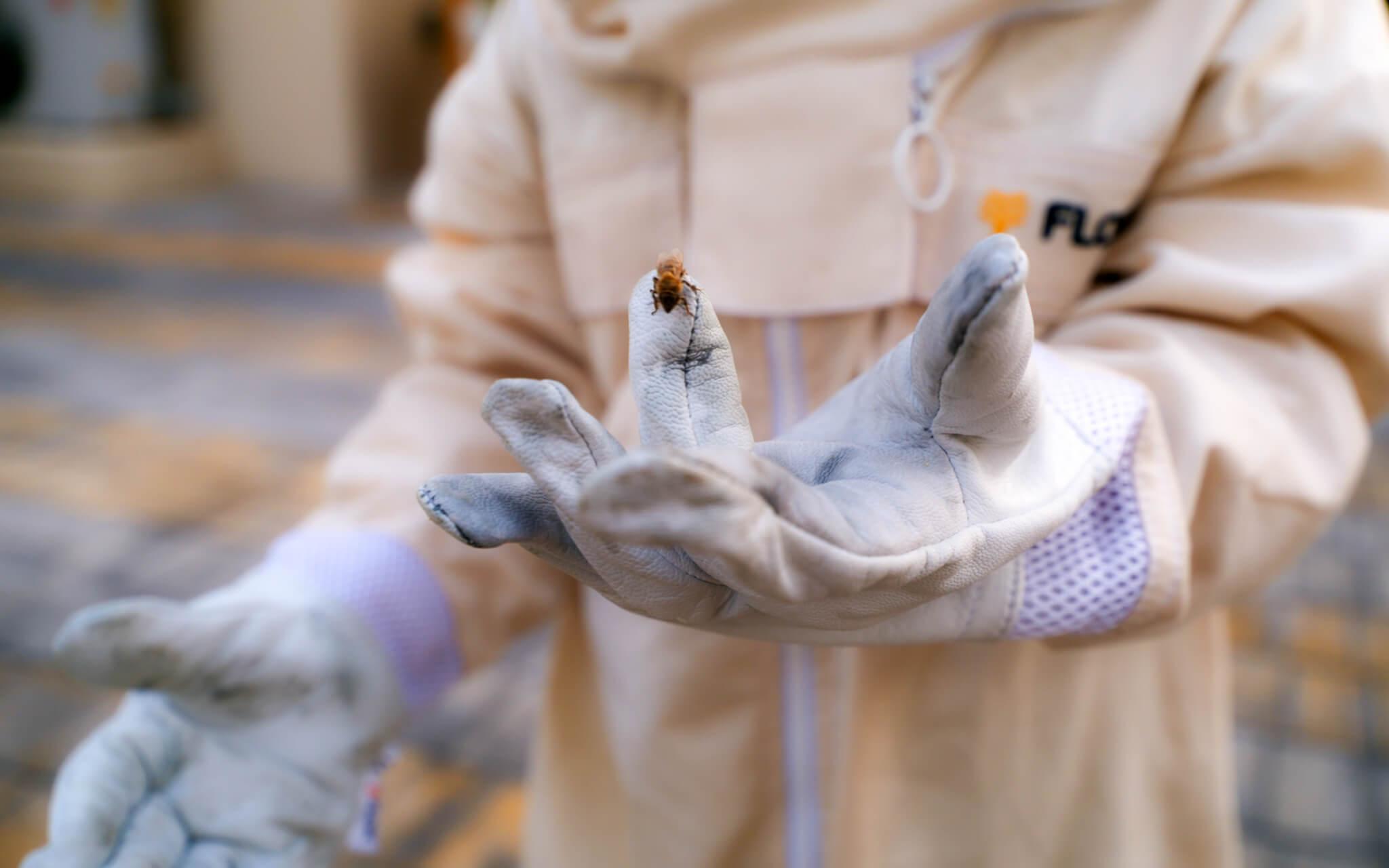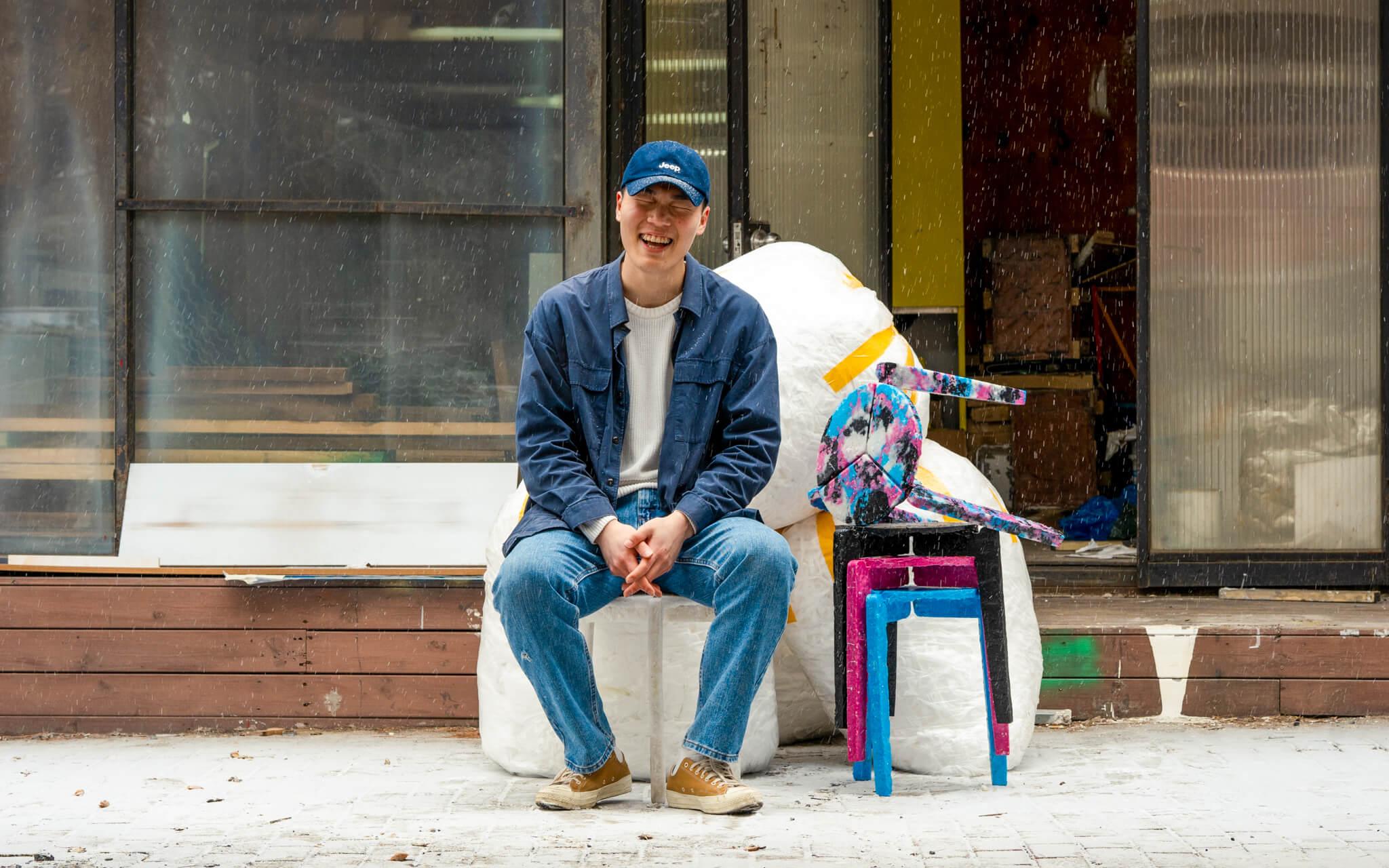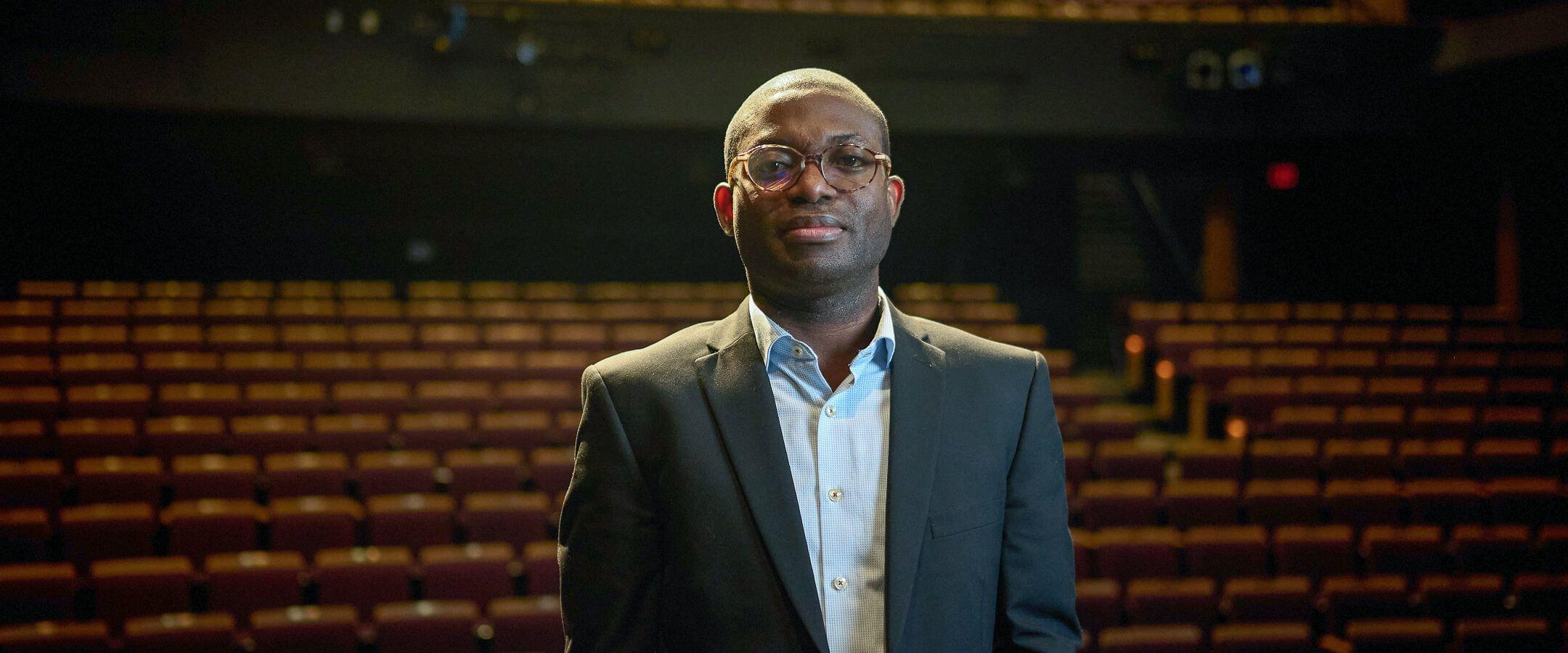Transformation, Time, and Transparency
Fashionable and eco-conscious, VAER is transforming discarded denim wear into sustainable sneakers. Founded by Lili Dreyer, this Danish company champions transparency through every facet of its upcycling process.
Shein. Temu. H&M.
These fast fashion giants release thousands of new styles every day, shipping millions of cheap, low-quality items around the world.
Currently, there’s enough clothing for six generations of people on the planet.
They rot in landfills across the Global South, releasing harmful toxins and microplastics into the soil and waterways. New garments that have never been worn and unused textiles (often known as deadstock) have become a familiar dirty little secret of the fashion industry, as nearly 92 million tonnes of textile waste get thrown away each year.
VAER is on a mission to save as many textiles as they can.
Founded by Lili Dreyer in 2019, VAER turns old jeans, denim jacks, and ageing workwear into fashionable and comfortable sneakers, upcycling textiles that would otherwise end up in a landfill. Based in Denmark, the company partners with NGOs, charity shops, and even linen rental companies to source materials.
For all the noise around fabric recycling, the reality is much trickier, as Lili explains to me. “It's been a difficult journey finding factories; luckily, there were two that said yes. When we went to factories with the idea, take this fabric and make shoes, a lot of them originally just said, ‘No, come back in ten years, maybe then it might be possible,” she says.
But two, two said yes.
Breaking down shoes, shirts, hats, and the dozens of other items that make up a wardrobe is surprisingly complex. Transforming an item of clothing into something else takes time, skill, and funding; sadly, many companies are unwilling to double-check factory claims and invest resources in finding better alternatives.
From the start, however, Lili and her team were willing to do the groundwork necessary. “When you make shoes, there are so many different materials involved,” she says. “The factory has to contact other factories, a sole factory, a lace factory, for example. But we had to go further because the ones they normally partnered with used a lot of unsustainable materials.”
“We had to push them to find sustainable soles, for instance, and also do our own research.”
Inspired early by Al Gore’s An Inconvenient Truth, Lili spent much of her school years consumed with receding ice caps and the fate of the polar bears - worried (as so many young people are) about what would become of their world in the future.
In Denmark, Lili says, customers pay extra for plastic bottles, which can then be returned easily back to the shop. “I saw all my classmates throwing their plastic bottles in the trash, and I was like, ‘That can't happen!’” she laughs. “I made our own little collection at the school for recycling.”
She pauses, “It was one thing to realise that climate change is a big problem, but another thing to realise that it was possible to do something.”
Which is why VAER’s model of upcycling provides such an elegant solution to the issue of textile waste: shoes. “We've been able to use a lot of difficult textiles. Normally, to make a dress or a coat, you need big pieces of usable fabric. But since we make shoes, we can use just a sleeve or a small piece of fabric,” she explains.
It was one thing to realise that climate change is a big problem, but another thing to realise that it was possible to do something.
And VAER is doing more than upcycling shoes; through their foundation, Re:wair, the company create DIY kits, hosts upcycling workshops, and often goes into local schools, spreading awareness and teaching young people how to sew, repair, and upcycle clothing. “It's a good way for them to experience firsthand the waste problem and also see that it does take time to make a product,” she says.
Time and resources. Again, we circle back to these crucial points.
“When I started the company, I thought we really need to be affordable. But the more I've learned, the more I realised the term ‘affordable’ has been hijacked by fast fashion companies. They made sure that people think an affordable t-shirt costs nothing, which is not true because if they were actually paying the proper cost, it would be much more expensive.”
An honest answer. How much textile waste have you kept from landfills, I ask? Do you have any facts or impact figures about that?
Lili sighs and shakes her head in response to my question, “It's difficult because you wonder, would that item have ended up in a landfill or not? Even the NGO's don't know. They hope it won’t, but as soon as it crosses the borders from Denmark, then they lose track of what happens. It's difficult to know what we saved from the landfill versus what we saved from incineration, for instance.”
“That’s ok for now. But we want to do better.”
And this is what separates sustainable businesses from those that greenwash: accountability. In today’s world, no product can be truly sustainable. There will always be a cost to human resources and to the environment. Transparency, coupled with a drive to do better, will achieve more than empty claims of perfection.
“Sometimes we feel very small,” Lili confides at the end of the interview. “But recently, a big shoe company wrote to us, saying, ‘Look what's in our presentation,’ That company, which is a huge company, had a slide with our shoes as sustainability inspiration.” She smiles, full of enthusiasm for what she does, “We were like, ‘That’s so cool.’”
“If we can help push other companies and show them that there are other ways to do things, then a big part of our mission will be complete.”
Most Popular
The Climate Tribe delivers stories about Biodiversity and Conservation, Circular Economy, Food and Water , and how they intersect with climate.
Subscribe
Get the latest stories inspiring climate action around the globe straight to your inbox.






